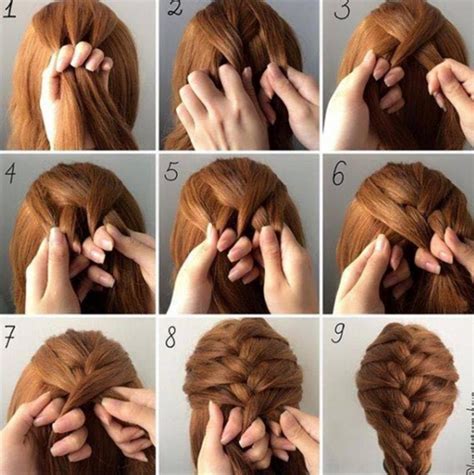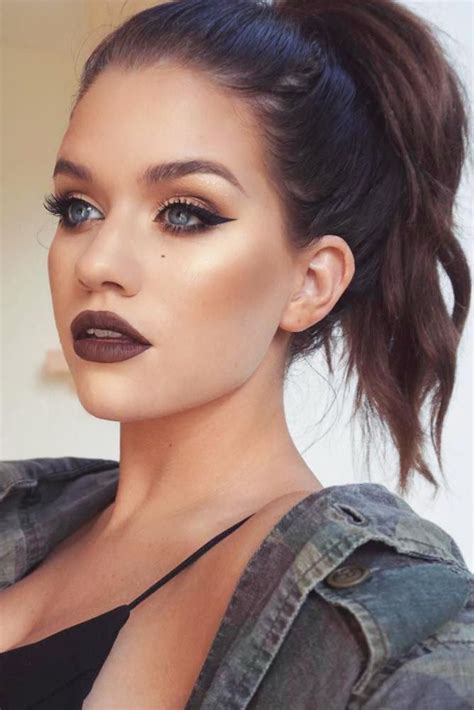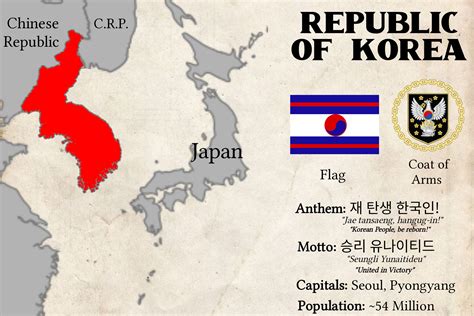Discover the best blonde hair color for your skin undertone. Use a blonde hair color chart and maintain your blonde locks with expert tips.
Understanding Blonde Hair Colors
Contents
Blonde hair color is a popular choice for many people who want to lighten their hair and add a sun-kissed look. There are many different shades of blonde, each with its own unique undertones and characteristics. Understanding the various blonde hair colors can help you choose the right shade for your skin tone and personal style.
When it comes to blonde hair colors, it’s important to consider your skin undertone. Whether you have a warm, cool, or neutral undertone can greatly impact the way different blonde shades look on you. For example, if you have a warm undertone, golden blonde or honey blonde shades may complement your complexion, while cool undertones may look better with ashy or platinum blonde hues. Understanding your skin undertone is crucial in determining which blonde hair color will flatter you the most.
A blonde hair color chart can be a helpful tool in identifying the different shades of blonde and their corresponding undertones. This visual guide can assist you in comparing various blonde hues, from lightest platinum to darkest honey blonde. By using a blonde hair color chart, you can narrow down your options and find the perfect shade that suits your preferences and skin tone.
It’s also important to consider the level of maintenance required for different blonde hair colors. Lighter blonde shades may need more frequent touch-ups to maintain their brightness, while darker blonde hues may have more longevity. Understanding the upkeep involved with each blonde hair color can help you make an informed decision on which shade is best for you.
Determining Your Skin Undertone
When choosing the right blonde hair color, it’s important to consider your skin undertone. Your skin undertone plays a crucial role in determining which shade of blonde will complement your complexion. There are three main categories of skin undertones: cool, warm, and neutral. In order to find the perfect blonde hair color for you, it’s essential to identify your skin’s undertone.
One way to determine your skin undertone is to look at the veins on your wrist. If your veins appear to be blue or purple, then you likely have a cool undertone. If your veins appear to be green, then you have a warm undertone. Those with neutral undertones may have difficulty distinguishing whether their veins appear green or blue, as they might have a mix of both. Another method to determine your undertone is to observe how your skin reacts to different jewelry. If silver jewelry complements your skin more than gold, you likely have a cool undertone. On the other hand, if gold jewelry looks best on you, then you probably have a warm undertone.
Understanding your skin undertone is vital in selecting the right blonde hair color for you. Those with cool undertones may find that ashy or platinum shades of blonde look best on them. If you have a warm undertone, honey or golden blonde hues may be the most flattering. For those with neutral undertones, they have the flexibility to choose a blonde shade that complements both cool and warm tones.
By taking the time to determine your skin undertone, you can ensure that the blonde hair color you choose will enhance your natural beauty. Using a blonde hair color chart can also be helpful in identifying which shades will look best with your skin undertone, providing a visual guide to assist you in making the right choice.
Choosing the Right Blonde Shade
Choosing the right blonde shade can be a challenging task, especially with the wide variety of options available. When selecting a blonde hair color, it’s essential to consider your skin undertone, natural hair color, and the level of maintenance you are willing to commit to. Blonde hair color chart can be a helpful tool in finding the perfect shade for you.
One way to determine your skin undertone is to look at the veins on your wrist. If your veins appear blue, you likely have a cool undertone, while green veins indicate a warm undertone. For those with a neutral undertone, a combination of both cool and warm shades may work well. It’s important to choose a blonde shade that complements your skin tone to avoid a washed-out appearance.
When using a blonde hair color chart, look for shades that are labeled with your skin undertone. Cool-toned blondes, such as platinum or ash, work well with cool undertones, while warm-toned blondes, such as honey or caramel, complement those with warm undertones. Neutral-toned blondes, such as beige or golden, can be suitable for those with neutral undertones.
Another factor to consider when choosing the right blonde shade is your natural hair color. While it’s possible to achieve drastic transformations with professional hair coloring, it’s essential to take into account the level of upkeep required to maintain the desired blonde shade. For example, those with darker natural hair colors may need to undergo multiple lightening sessions to achieve a lighter blonde shade.
Lastly, it’s crucial to consider the level of maintenance you are willing to commit to. Some blonde shades may require frequent touch-ups and toning treatments to maintain their vibrancy. On the other hand, low-maintenance blonde shades, such as lived-in or balayage blondes, may be more suitable for those with a busy lifestyle.
Using a Blonde Hair Color Chart
When it comes to choosing the right blonde shade, it can often be overwhelming with the plethora of options available. Luckily, a blonde hair color chart can be a valuable tool in helping you find the perfect shade for your hair. These charts typically display a range of blonde tones, from ash to golden to platinum, allowing you to compare and contrast various shades to determine which one will best complement your skin tone and personal style.
Before using a blonde hair color chart, it’s important to understand your skin undertone. Whether you have warm, cool, or neutral undertones can significantly impact which blonde shades will flatter you the most. By knowing your undertone, you can narrow down your options and make the decision-making process much easier.
Once you have a basic understanding of your undertone and the various blonde shades available, it’s time to put the blonde hair color chart to use. Look for shades that are recommended for your specific undertone, and take note of any colors that catch your eye. It’s also helpful to consider factors such as your natural hair color and any previous hair dye treatments, as these can influence the final result.
In addition to consulting a blonde hair color chart, it’s always a good idea to seek the advice of a professional hair colorist. They can provide personalized recommendations based on your unique hair type, skin tone, and desired outcome. By combining their expertise with the guidance of a blonde hair color chart, you can feel confident that you’ll end up with a stunning blonde shade that suits you perfectly.
Tips for Maintaining Blonde Hair
Blonde hair requires special care to maintain its color and health. One of the most important tips for maintaining blonde hair is to use sulfate-free shampoo and conditioner. Sulfates can strip the hair of its natural oils and cause the color to fade more quickly. Look for products specifically formulated for color-treated hair to help preserve the blonde shade.
Another essential tip is to protect your hair from UV rays. Just like your skin, blonde hair can be damaged by the sun, leading to brassiness and dryness. Wear a hat or use a UV-protectant hair product when spending time outdoors.
Regular deep conditioning treatments are also crucial for maintaining the strength and shine of blonde hair. Consider using a protein treatment to help repair any damage and keep your locks looking healthy and vibrant.
It’s important to limit heat styling to prevent damage and color fading. When using hot tools, always apply a heat protectant spray and use the lowest heat setting necessary to achieve your desired style.
Lastly, schedule regular touch-up appointments with your hairstylist to keep your blonde hair looking fresh and vibrant. A professional can help maintain your desired shade and address any potential issues before they become major problems.













